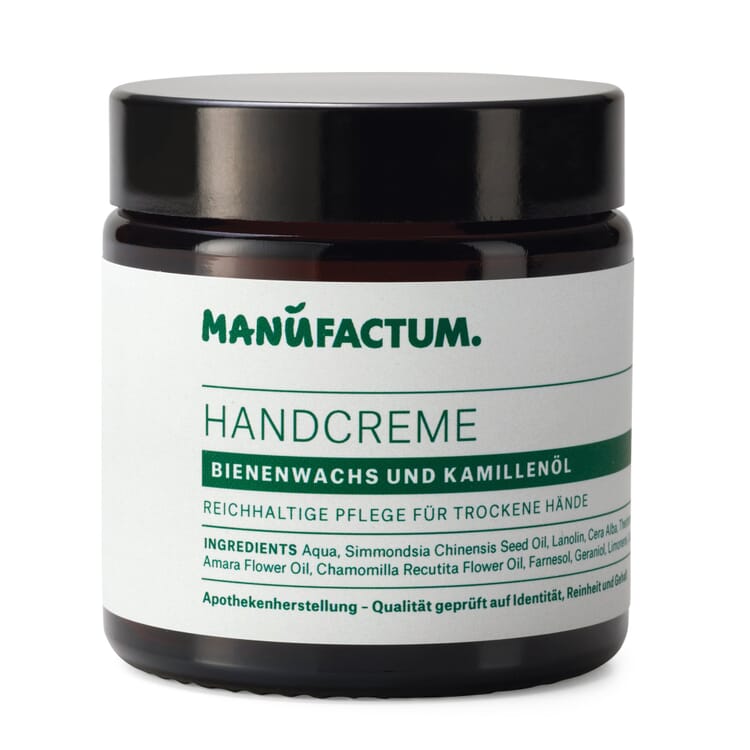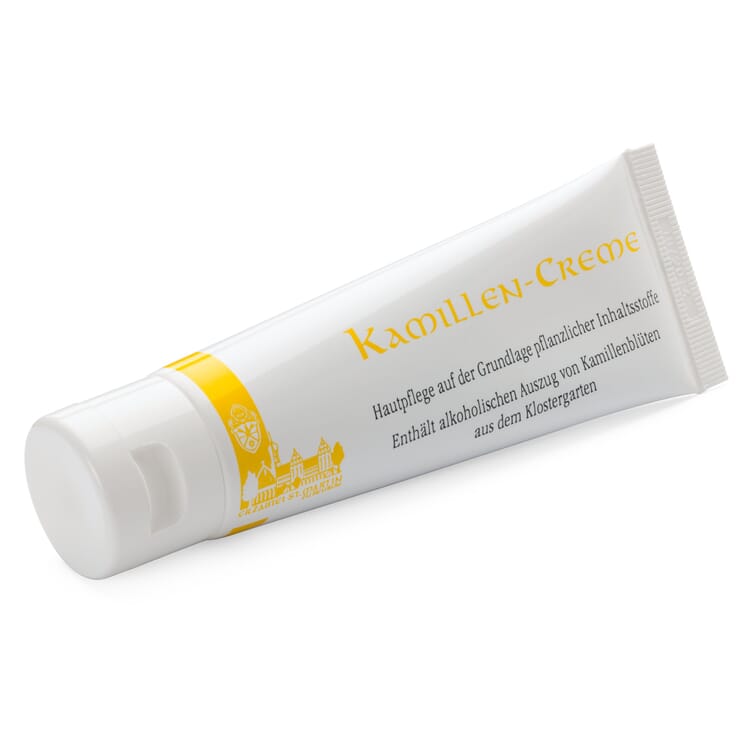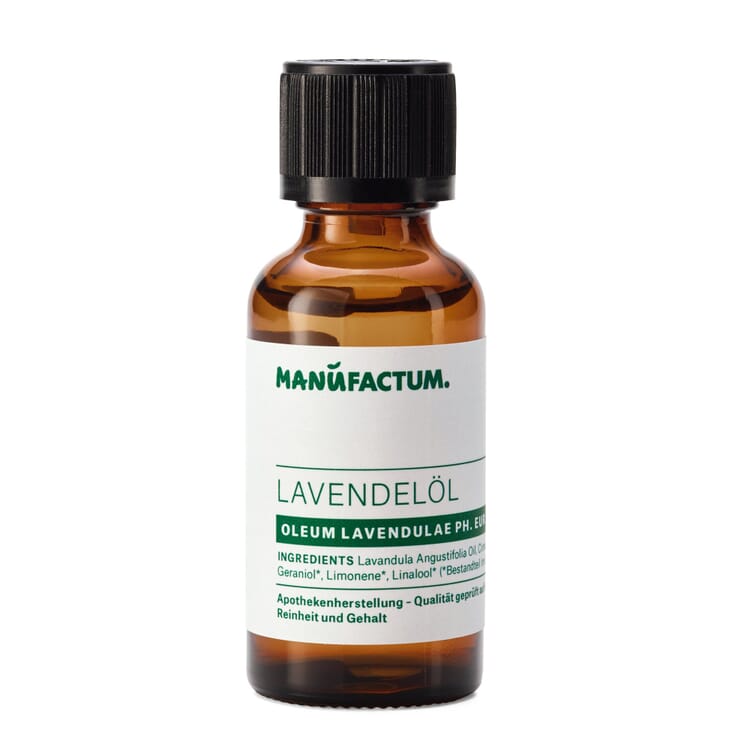- Aloe vera
- Apricot
- Argan tree
- Arnica
- Avocado
- Bay rum tree
- Bergamot orange
- Birch
- Carnauba Palm
- German Chamomile
- Bay laurel
- Common Sage
- Eucalyptus
- Fennel
- Norway spruce
- Clove tree
- Common Nettle
- Hops
- Magnolia
- Iceland moss
- Jojoba
- Coffee tree
- Cacao tree
- Camphor tree
- Shea tree
- Mountain pine
- Lavender
- Macadamia
- Almond Tree
- Lemon balm
- Myrrh
- Olive tree
- Orange tree
- Peppermint
- Calendula
- Rose
- Horse chestnut
- Soybean
- Tea tree
- Black cohosh
- Witch hazel
- Rowanberry
- Castor oil plant
- Lemon
Medicinal plants A|B|C
German Chamomile (Matricaria recutita)

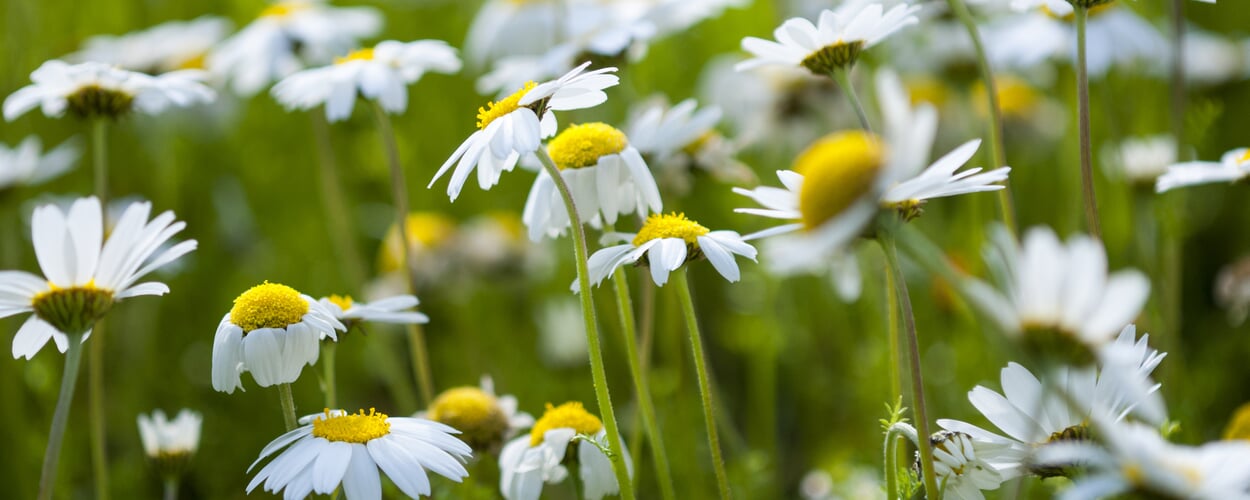
The german chamomile has been growing as a cultural companion near settlements, for example, along the edges of fields and on fallow land, since the younger Stone Age. Early on, it also found a place in farm and monastery gardens as one of the most important medicinal herbs. The entire plant exudes the typical scent of chamomile, its leaves are multipinnate and feathery in appearance. From May to September, the flowers appear with a white corona and a yellow center, which becomes more and more bulging as the flowering period increases.
Origin and cultivation
Southern and Eastern Europe were the original distribution area of chamomile, today it can be found in almost all of Europe and in the western part of Asia; it has also been naturalized in North America and Australia. The most important countries where this annual plant is cultivated are Argentina and Egypt; in Germany, it accounts for the largest share of the approximately 75 medicinal plant species that are commercially cultivated in this country. Depending on location and weather, the quality of the harvest varies greatly, and only a small proportion meets the standard required for sale in pharmacies.
Ingredients
When a medicinal plant of the year was to be presented for the first time in 1987, chamomile was chosen. And rightly so, because it is a real all-rounder: the essential oil contained in the flower heads not only has an antibacterial and anti-inflammatory effect, but also has antispasmodic, calming and muscle-relaxing properties. Real chamomile is even used for anxiety disorders. The chamomile unfolds its healing effect through the essential oil extracted from the flowers, which is colored deep blue by the contained chamazulene.
Products with chamomile
Use of chamomile

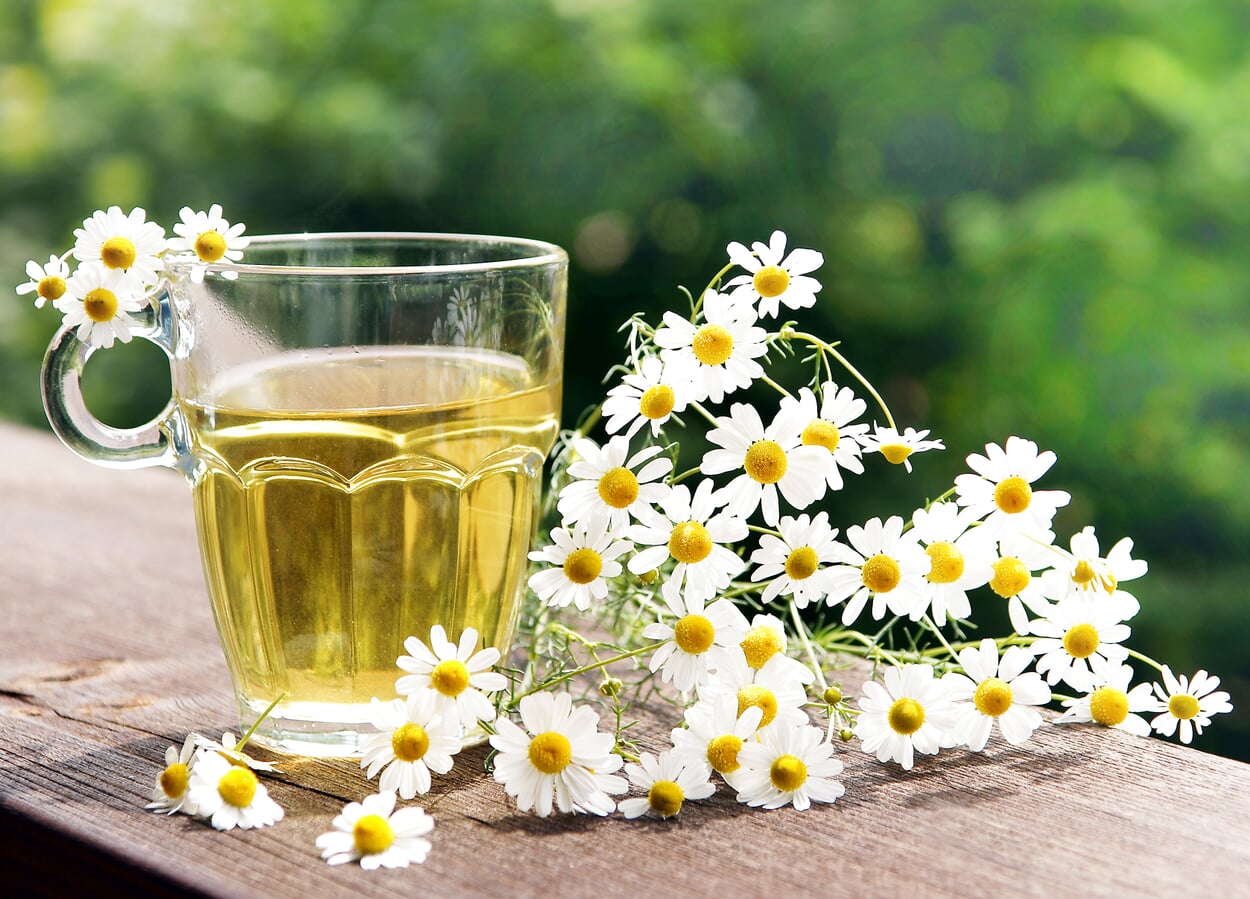
- The soothing and slightly antibacterial effect of chamomile is used in creams for inflammation-prone or stressed skin. Its rather drying effect supports the relief of acne
- Chamomile vapors help with nasal congestion and impure skin. For inhalation, bend over a bowl of hot chamomile tea until after about ten minutes the water has cooled. A towel placed over the head ensures that the steam does not escape too quickly
- Taken as a tea, chamomile has an antibacterial effect on the mouth and throat, helping to heal open sores and gum inflammation. It also relieves abdominal cramps, flatulence and bloating
- Blonde hair becomes shiny with chamomile.
A friend of Heinrich von Kleist, Sophie von Haza, once jokingly complained to him that poets sing about all kinds of flowers, except chamomile, which is so healing. Kleist immediately did her the favor:
Exclusive Manufactum body care products
Recommended Topics

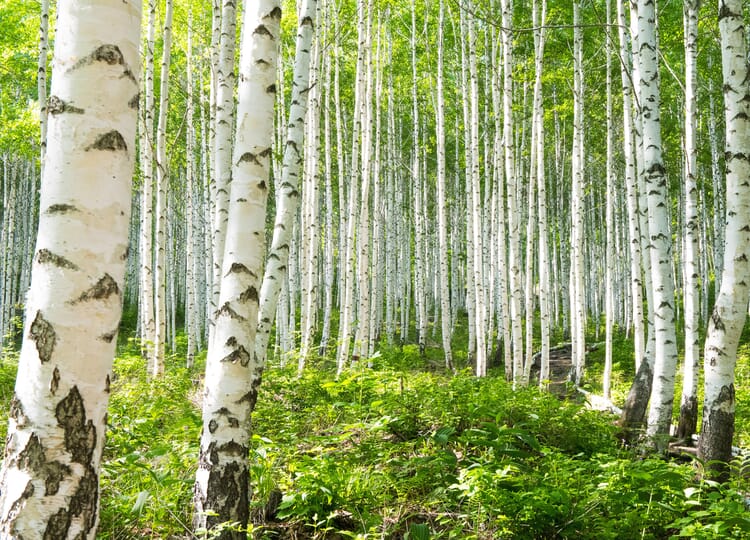
There are about 100 species of birch in the temperate climate zone of the northern hemisphere; bog birch (Betula pubescens) and slope birch (Betula pendula) are used pharmaceutically. Both have a typical white-black bark when young and are light-hungry site artists. However, one copes with particularly wet sites, the other with very dry ones. Their small, diamond-shaped leaves with their strikingly fresh, bright green are perfect harbingers of spring.
View more
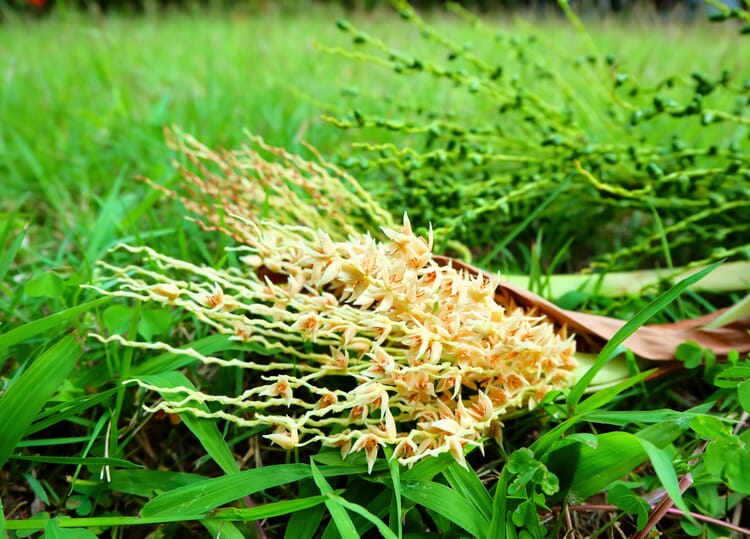
The carnauba palm grows up to 15 meters high. As an adaptation to dry seasons, its fan leaves, which are about two meters long, secrete fine wax flakes on their upper and lower sides, which protect them from excessive water evaporation. For 100 years, this wax was an important export of Brazil, but from the middle of the 20th century it was almost displaced by synthetic, petroleum-based substitutes. Today, the renewable raw material is being remembered again and used in a variety of ways.
View more
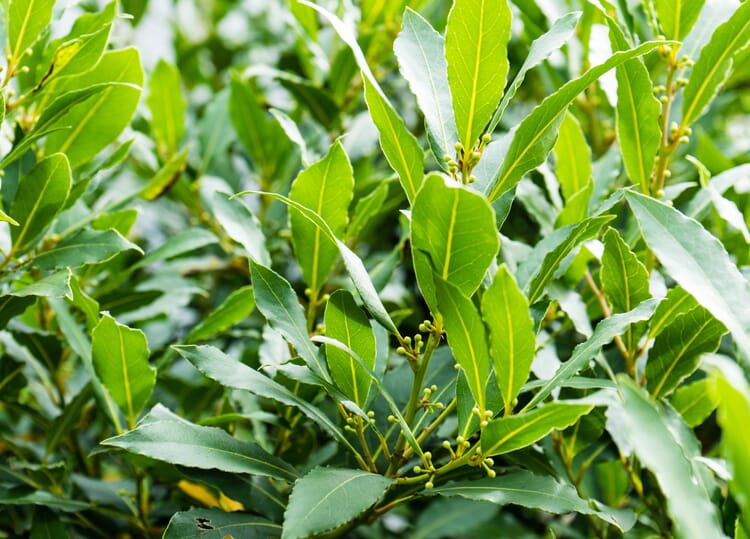
The bay laurel belongs to the laurel family and grows as a multi-stemmed evergreen shrub up to 15 meters high. There are many other species of plants called laurel, but they belong to other plant families; the only thing they have in common is that their leaves also have an aromatic smell. The leaves of the true laurel have a shiny surface and a slightly wavy edge. Its bright yellow flowers appear from May to July, and the fruits are blue-black shiny berries.
View more


